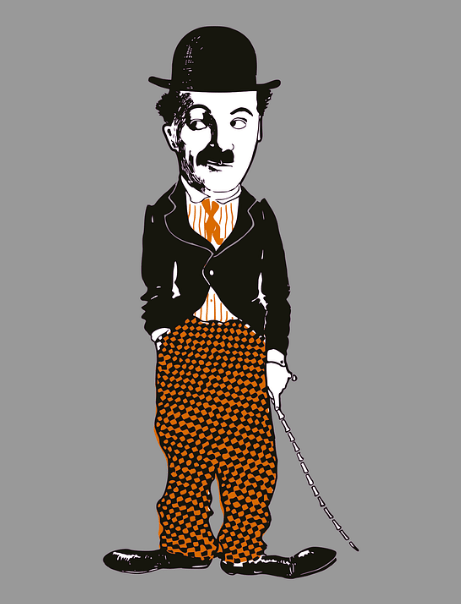Countless filmmakers have contributed to the development of cinema, but none have done it quite like Charlie Chaplin, mostly known for his on-screen persona, the Tramp. He started as a vaudeville performer, but he shifted towards filmmaking during the silent era, becoming one of the first movie stars in cinematic history. But his pioneering efforts to what would become the star system wasn’t the only thing Chaplin did to change the film industry.
Here’s how Charlie Chaplin transformed cinema:
He was responsible for the transition of cinema
Charlie Chaplin was one of the biggest figures responsible for the transition of movies, from what was essentially a play on film to the medium we know it as today. He wrote, directed, edited, produced, composed the music, and starred in most of his films.
Before, the camera was only in a single position, and actors did the whole scenes in one take in front of it. The lack of voices meant that they had to be more expressive, but this style did not keep screen actors from still performing in plays. Chaplin made films much more expressive as the cameras focused on his facial expressions and non-verbal communication. This made a big impact for films, and still is today. We had Chaplin to thank for shots that cuts back and forth from one character to another to bring more depth and emotion to the film medium.
He made characters that people can relate with
During the silent era, comedies were full of sight gags, prat falls, and the classic slipping-on-a-banana-peel schtick. Cinema icons of Chaplin’s era like Buster Keaton and Harold Lloyd built their careers upon this slapstick form of comedy, but Chaplin tried to differ. He wanted his brand of comedy affect audiences on a psychological level.
The Tramp, which was Chaplin’s iconic character, has made audiences laugh because they related to his suffering. Laughter became a defense mechanism that allowed people to explore things that are too painful and too unpleasant to talk about. The way he incorporated tragedy into his comedies gave audiences someone they can relate with as they struggled to survive during the Great Depression. His films may have been funny because his character wore a tiny jacket and big shoes, but it just showed that he was too impoverished to afford anything, which was something audiences at the time can really understand.
Chaplin’s mass popularity was owed to the way his character, the Tramp, represented the destitute man. He turned hunger, laziness, and the feeling of being unwanted into comedy. The version of Chaplin’s comedy reflects the audiences’ feelings and their sense of humor, which has been a common approach to comedy ever since.
He influenced many actors of today
Gene Wilder, who played Willy Wonka from Willy Wonka and the Chocolate Factory, said he got inspiration for his “funny things said in a very serious tone” style of acting from Charlie Chaplin. Johnny Depp watched many Charlie Chaplin films to study the idea of creating sympathy without dialogue for his eponymous role in Edward Scissorhands. Depp even had to do one of Chaplin’s famous dances in one of his moves and said he struggled with just the level of talent that Chaplin had. Many other actors cite him as an influence, example, and inspiration for a lot of their performances.
He was the most imitated person of his time
Chaplin stood apart from his peers, most of whom had also started in vaudeville. Other comedians of his time were big movers, and film actors were like acting on stage. Chaplin’s physical comedy was naturalistic, and for the most part, his routines operated within an average person’s range of motion. This is why it was easy to replicate his comedy, making him the most imitated person of his time.
One of the urban legends of his time involved Chaplin entering and losing a Tramp look-alike contest. The original story was embellished over time, but it cuts to the core of Tramp’s appeal as a character. As told by a fellow silent star Mary Pickford, Chaplin lost in a “Chaplin walk” contest, which he entered out of costume. The participants only had to waddle and everyone knew they were doing an impression of the Tramp.
He was a perfectionist
Making films take work and Chaplin knew it well. He was an unconventional perfectionist whose meticulousness in creating films was fully focused on creating and sustaining an emotional pitch. He can turn fragments of shots into emotional wholes – case in point: the ending of City Lights. The back and forth reverse shots between the Tramp and the flower girl was engrossing and deeply moving, but there was no continuity between the two angles. In the hands of most filmmakers, it would be disorganized, but Chaplin made it create a sense of emotional continuity that makes technical continuity irrelevant.
His films are designed to penetrate cross-cultural boundaries and made it possible due to the graceful directness he adds to his sense of design, which runs from Tramp’s elemental persona to his actual filmmaking.

